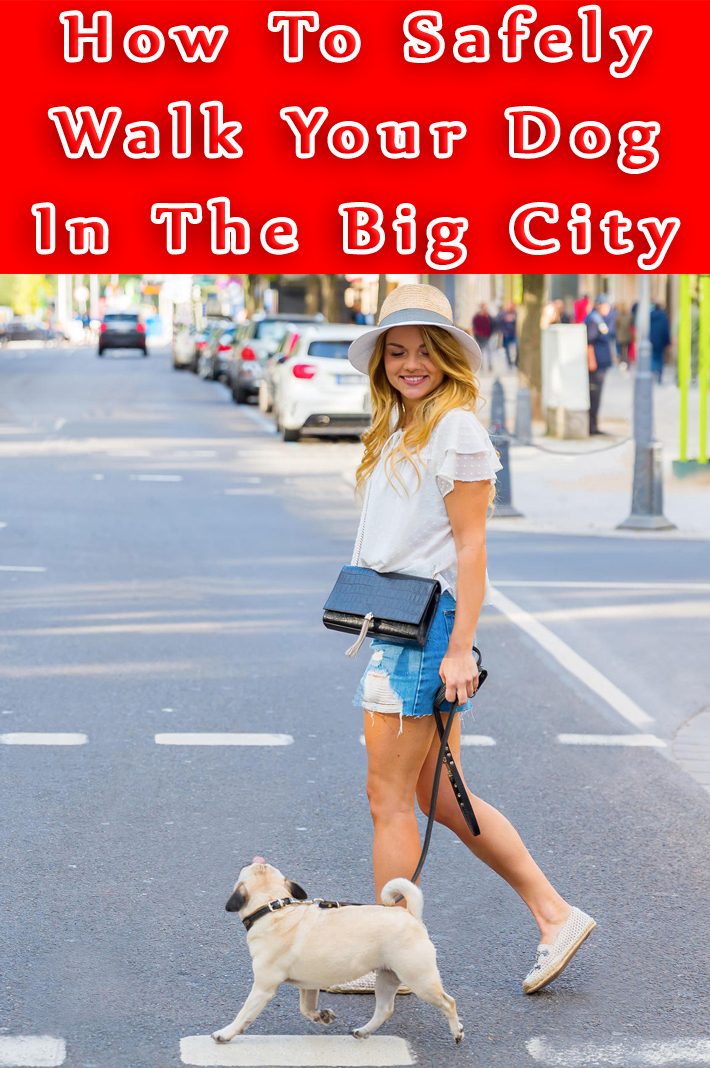
12 Tips How To Safely Walk Your Dog In The Big City
Walking your dog in an urban metropolis isn’t for the faint of heart. Before leaving your high-rise, check everything off this 12-step checklist.
You’re about to head out the door and do a quick scan or your “equipment”. Sunglasses? Check. Cellphone? Check. Poop bags? Yes, you are a pet parent with a dog just itching to get out for his daily constitutional and if you don’t say “check” to this standard issue item, you may be among the legions of owners who give big city pooches a bad rap.
Here’s a simple 12-step program for urban pet parents:
1. Before you head out, mentally play out where you intend to take your pooch. If errands are to be run, or coffee to be had, can he accompany you into the building? If no, don’t take him. Leaving him tied to a tree outside your destination can invite theft or injury should he become frightened and break free.
2. If his walk starts and ends with a ride on an elevator, ensure he is well-mannered and sits quietly. Many people are anxious around dogs – even friendly ones – and confined in a small space isn’t the time to convince them otherwise. Know the rules, some buildings require you to use freight elevators and back exits when you are accompanied by a dog.
3. While you may have trained your dog to walk on your left, city dogs are quick to find all that “good stuff” we humans drop on the ground. Urban pet parents should have their dog walk slightly ahead of them so they can spot all those same goodies before Rover does.
4. Keep him leashed. For his safety and that of others, you need to have a means to pull him back if he suddenly bolts. Even if your boy is friendly, a sudden noise, cyclist, or skateboarder could cause him to panic. A leash will help you keep him safe while allowing others to pass. Many urban centres even have laws regarding the length of leash that can be used on public sidewalks (typically six feet or less).
5. Lose the retractable. Retractable leashes are used for training purposes, not for regular dog walking. Additionally, it can be too easy to lose control of a dog you’ve allowed to stroll 20 feet ahead of you. And if he’s a larger breed and suddenly lurches at something you can’t see, you can lose the lead entirely.
6. Yellow leashes. Gaining momentum in some areas is the Yellow Dog Project. Pet parents use a yellow lead or attach a prominent yellow ribbon to the leash in what is becoming a universal sign for “my dog isn’t that friendly”. But never expect new initiatives such as this to take the place of good pet parenting and responsible dog walking.
7. Do your doo diligence. Yes, there is no question that your dog is going to drop to a squat the moment a group of people approach. Remain cool, allow nature to happen, and then reach for your trusty poop bag. I always scope out the nearest garbage cans in advance – no need to carry any longer than necessary, right?
8. Always Pee Polite. Yes, still on the topic of dog elimination, don’t allow your little guy to dampen trees and flowerbeds someone has spent time carefully cultivating. Train him to urinate in gutters or vertical surfaces such a lamppost or the proverbial fire hydrant. And don’t allow him to squat at will. Guide him to the curb, away from high traffic (both foot and car) areas for easy clean-up.
9. If you’re walking a highly nervous Nelly, desensitization training may be just the ticket. It focuses on making your pooch comfortable in hectic surroundings and involves gradually increasing the levels of distraction presented to him under unpredictable conditions. Similar to what service dogs for the blind undergo. Speak to a trainer to learn more about how this may help your little guy adjust to his city walkies.
10. The ASPCA has developed a list of the four basic commands your city pooch should know for his own safety. They include” Sit-Stay”, “Heel”, “Come” and “Leave It”. This last one is used when it’s necessary for your dog to break focus on an unhealthy or unsafe activity – e.g. zeroing in on a passing jogger or a discarded food item. He learns that when he obeys this command, there will be a treat for him.
11. Stay connected. Walking with your dog should be an enjoyable opportunity for you both to reconnect. Lose the iPhone, and focus on him, your surroundings, and reinforcing trained skills. Remember, he considers you the pack leader on this walk.
12. If your little guy is acting skittish, don’t hesitate to ask even the most well-intentioned people not to pat him. It doesn’t have to be rude and can do all of you a big favor if your dog is feeling irritable.

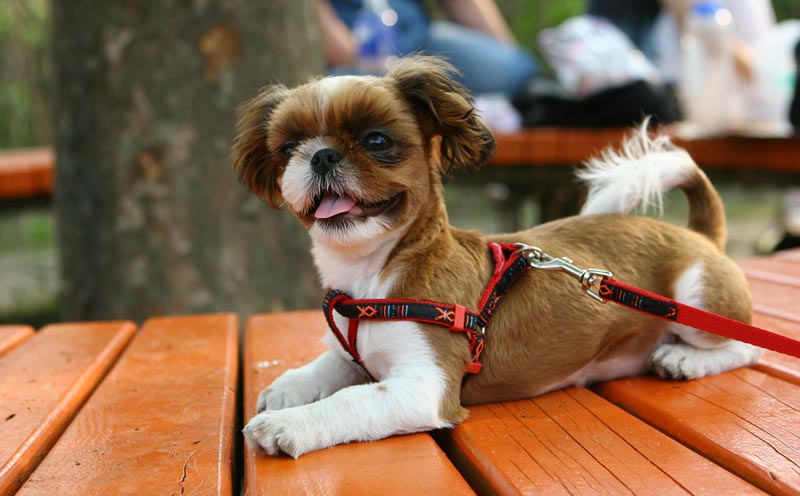
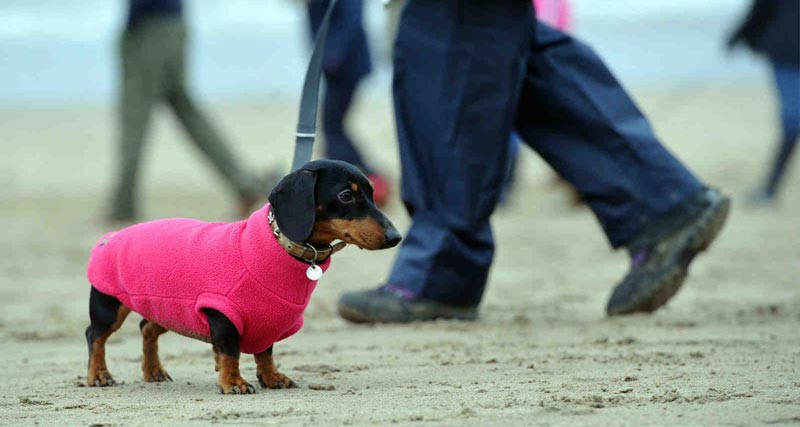
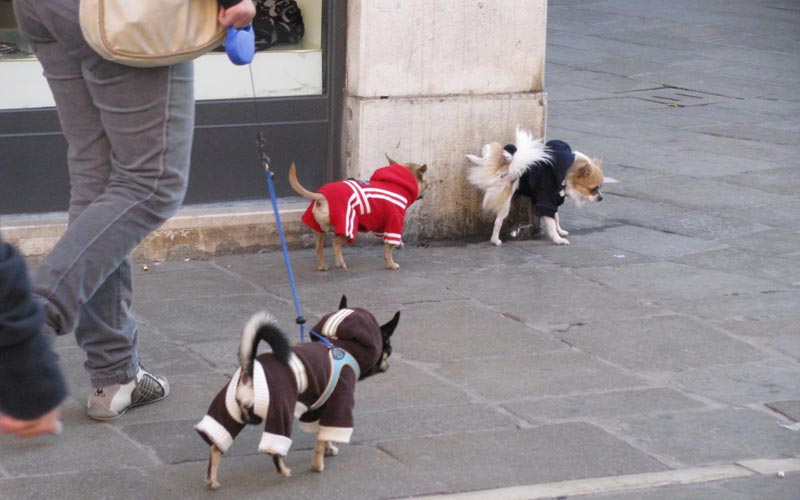
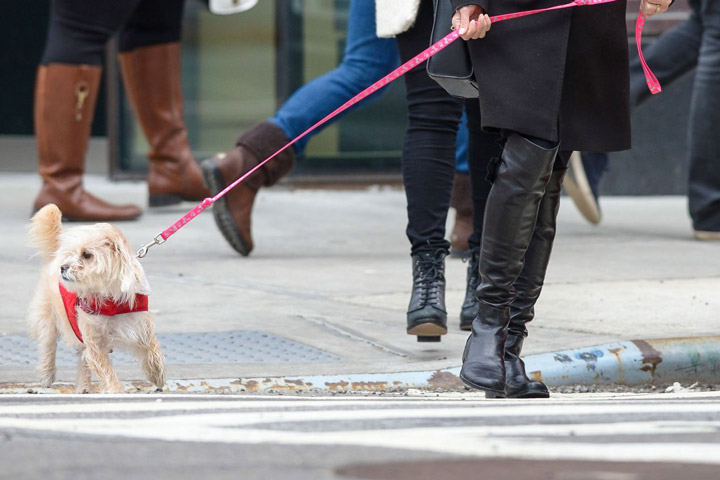

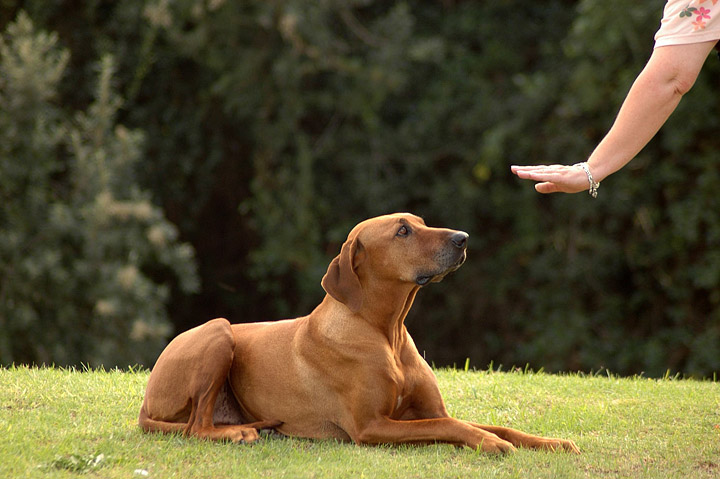

Leave a Reply